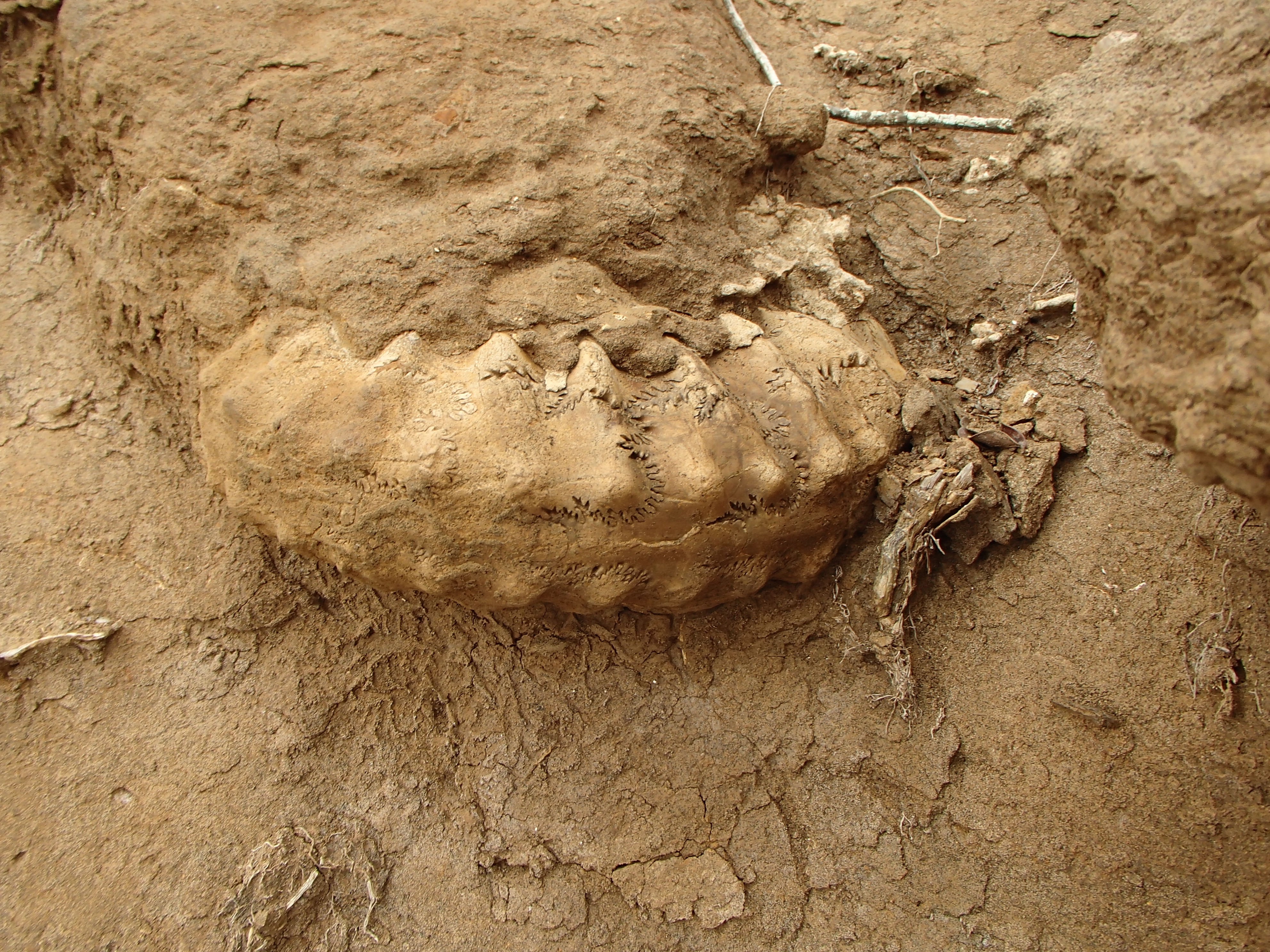Earth Sciences
Sedimentology and Paleontology
 above:
The famed Jurassic Morrison Formation underlying the Cretaceous Cedar Mountain Formation of Central Utah, United States
above:
The famed Jurassic Morrison Formation underlying the Cretaceous Cedar Mountain Formation of Central Utah, United States
1) Sedimentology & Stratigraphy; The scientific study of sedimentary rocks and the processes by which they were formed, and the emplacement of those sediments into laterally extending layers throughout Earth's history. Primarily we utilize facies and architectural analysis coupled with various stratigraphic methods to address questions of environmental change at various scales and its affect to biological life in deep time. Furthermore, we couple this with basin tectonic models to better understand regional and global relationships.
2) Geochronology; The science of dating and determining the sequence of events in Earth's history. Here we utilize chemical tracers within fossil entombing sediments to not only provide a probable age date for the fossil assemblage, but furthermore we can elucidate sediment provenance and rates of infill (e.g., detrital zircon geochronology; Lu-Hf isotopes).
3) Taphonomy; The study of the process(s) by which biogenic material transitions from the biosphere to the lithosphere. Here we couple biological and geological clues to address biases in the fossil record caused by abiotic and biotic affects over time.
4) Mesozoic vertebrate evolution; Investigations into the evolution and diversification of major lifeforms (archosaurs) between 250-66.5 Ma. This dynamic period in Earth's history includes the seperation of Pangea into the northern Laurasia and southern Gondwana, which results in the isolation and subsequent diversification of once cosmopolitan life forms. Here we utilize contextuall clues preserved within fossil assemblages to address questions of biogeographical relationship and extinction events between major clades at a global scale.
5) Continental Ichnology; The study of continental-based trace fossils preserved in the sedimentary rock record. Here we utilize the trace fossil record to elucidate palaeoenvironmental context and gain better understanding of co-occurring life with that of vertebrate paleofauna
contact:
Dr Ryan Tucker,
send e-mail



left: Vertebrate trace fossil from the Triassic-Jurassic Elliot Formation, Lesotho;
centre:
Marine (ammonite) biostratigraphy in KZN, South Africa;
right: Facies and architectural analysis in the Winton Formation, Queensland, Australia

